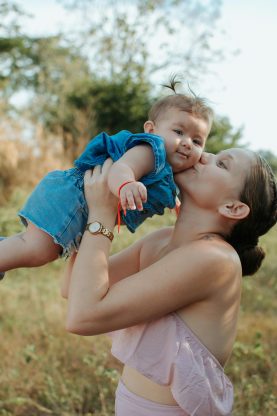Table of Contents
Screening and Background Checks
When hiring a babysitter, it is essential for employers to conduct thorough screening and background checks to ensure the safety of their children. This process may include checking references, verifying qualifications, and conducting criminal background checks. By thoroughly vetting potential babysitters, employers can feel confident in their caregiver’s ability to provide a safe and nurturing environment for their children.
On-Demand Childcare in Your Neighborhood
Book a Sitter
CPR and First Aid Training
One of the most crucial safety procedures for babysitting employers to implement is ensuring that their caregivers are trained in CPR and first aid. In the event of an emergency or injury, having a babysitter who is equipped with the knowledge and skills to provide immediate medical assistance can make all the difference. Employers should require their babysitters to undergo CPR and first aid training and to keep their certifications up to date.
Emergency Preparedness Plan
It is important for babysitting employers to establish an emergency preparedness plan that outlines steps to take in the event of a crisis or emergency situation. This plan should include contact information for emergency services, evacuation procedures, and protocols for handling accidents or injuries. By having a well-defined emergency preparedness plan in place, employers can ensure that their babysitters are equipped to handle unexpected situations and keep their children safe.

Communication Guidelines
Effective communication is key to maintaining a safe and secure babysitting environment. Babysitting employers should establish clear communication guidelines with their caregivers, including how to reach them in case of an emergency, how to provide updates on the children’s well-being, and how to address any concerns or issues that may arise.
Open and transparent communication between employers and babysitters is essential for ensuring the safety and well-being of the children in their care.
Home Safety Guidelines
In addition to screening and training their babysitters, employers should also establish home safety guidelines to prevent accidents and injuries. This may include childproofing the home, securing hazardous items or substances out of reach, and outlining rules for safe play and activities. By creating a safe and child-friendly environment, babysitting employers can minimize the risk of accidents and ensure that their children are kept out of harm’s way.
In conclusion, prioritizing safety procedures is essential for babysitting employers to create a secure and nurturing environment for their children and caregivers. By screening and training their babysitters, establishing emergency preparedness plans, communicating effectively, and implementing home safety guidelines, employers can ensure the well-being of their children and provide peace of mind for both themselves and their caregivers.










